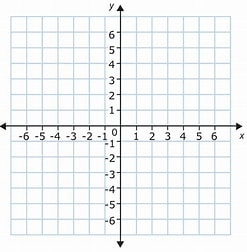Some years ago, I wrote about PEW research that identified nine distinct political personas within the greater American political landscape. The thrust of my words, then and now, is to say that the two-party system is failing in its promise to represent us. The nine PEW groups are: Steadfast Conservatives, Business Conservatives, Solid Liberals, Young Outsiders, Hard-Pressed Skeptics, Next Generation Left, Faith and Family Left, Bystanders, and Disaffected Democrats. The PEW studies are interesting reading backed up with real research.
If the groups that have been identified had a consistent party affiliation, their random thoughts could coalesce into action. Huge benefits would be felt across the board.
We are weak and divided now because the Democrat and Republican designations have lost their meaning.
We will be stronger as a nation when everyone is effectively represented, and when all voices are more clearly heard.
It occurs to me that the two most salient fault lines dividing Americans are ideology and money. Ideologically we are split between those who want a simple and uniform set of rules to follow and those who don’t want anyone telling them what they can or cannot do. Monetarily we are split as to how our government raises and spends the tax dollars from our pockets.
Proposed: Let’s switch from two parties to four.
These four parties would easily be discernable by their opinions and shared beliefs as to government regulation and government tax/spending.
Try the following mental exercise!
Make a coordinate plane like the one pictured. The graph should have 4 quadrants, also as pictured. Let’s name the quadrants: W and X (left and right, top) and Y and Z (left and right, bottom).
Mark the Vertical Axis Ideological. The Ideological line would represent our feelings about the rules and laws of government, heavy-handed to no governmental interference whatsoever. If you want more State’s Rights you would be in the middle. If the states had all the power, they would constitute a variation of centralized government, less centralized than complete federal control, but still a form of power consolidation. If you feel like nobody should be telling you nothing, you are at the other end of the scale.
Mark the Horizontal axis Monetary. This line on our graph will illustrate our feelings and opinions about the ways the government raises and spends our money. Label our horizontal line “Take care of everybody” on the left and “I’ll Take care of my own, but not yours” on the right.
Using this methodology, we start with four equal quadrants.
Take some time to carefully consider both the vertical and the horizontal. It is not easy, and you will recognize some internal conflicts before you decide on your preferences.
Now stab a pencil where you think you might land on this grid.
Where did you land? Are you a W, X, Y, or Z?
I believe in personal freedom for the law-abiding and fiscal responsibility with a heart, so I’m a Y!
I hope you will vote Y at your first opportunity!


Recent Comments